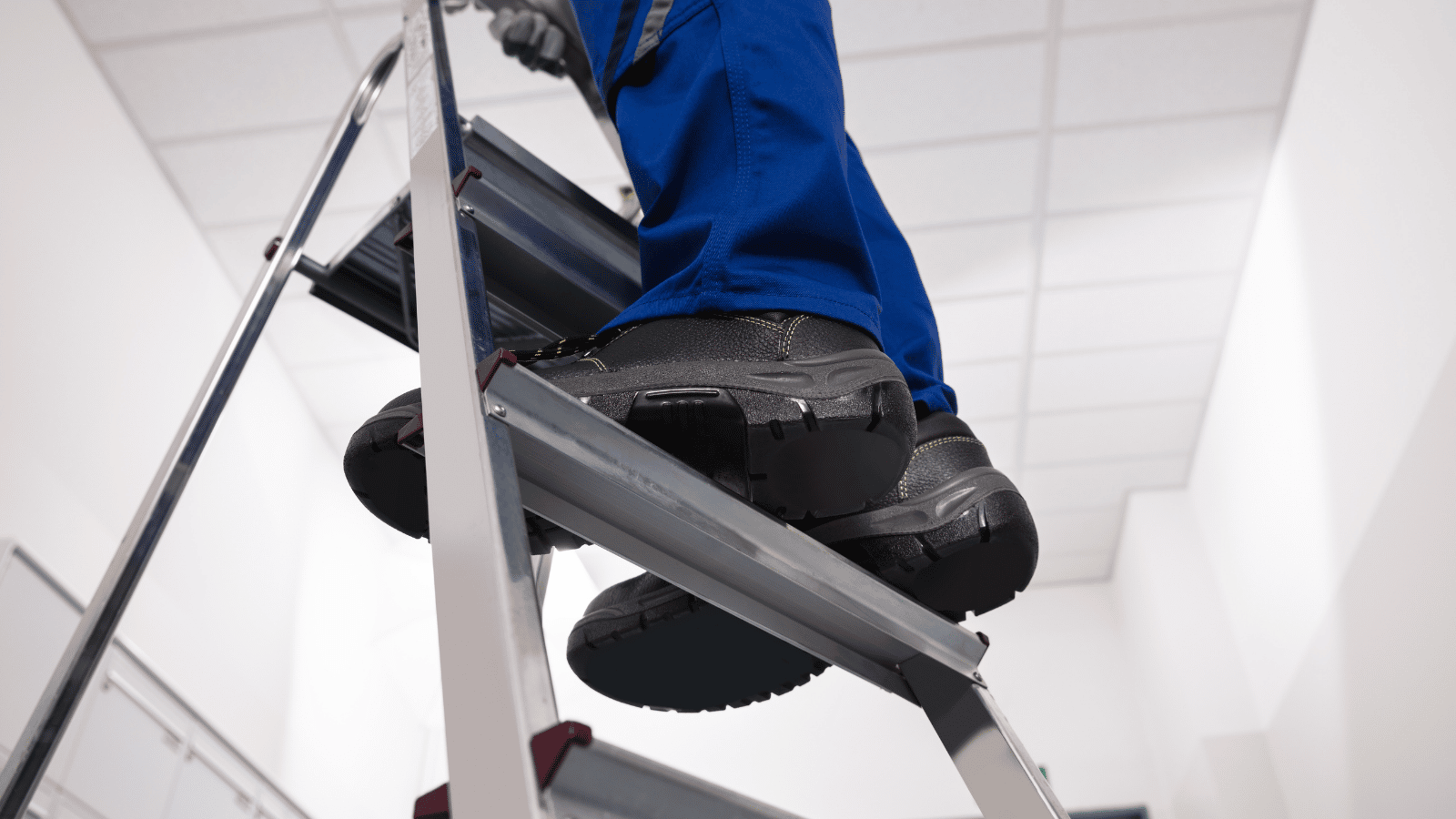Falls from ladders have resulted in a number of significant and fatal injuries, even when working at low heights, across Australia.
In 2018, a clothing store worker was awarded $235,000 in damages after she suffered shoulder and arm injuries, when she fell from a 2-stepped A-frame ladder to retrieve a mannequin from a high display shelf. While stepping down from the ladder, the worker was unable to use the handhold as she had to grasp the mannequin with both hands. As she was descending, she lost her balance and fell backwards to the floor.
All retailers have an obligation under the Health and Safety Act to ensure risks associated with ladders are adequately controlled. Retailers who use ladders in the workplace, and fail to identify the associated risks, such as falls, and put in place measures to prevent injuries, breach their duty of care, and are exposed to litigation.
If ladders are used in the workplace, retailers must identify the risk of falls, considering the nature and duration of the task, and the physical surroundings in which the task is to take place. Retailers also need to control the risk of falling from ladders by arranging for the task to be undertaken from the ground. If this is not reasonably practicable, retailers must reduce the risk of falls by implementing other risk control measures.
5 Steps to ladders safety for Retailers (where elimination is not possible)
- Review the type of ladders used in the workplace – ladders should be industrial rated, and platform ladders should be used where tasks need to be performed at height
- Develop and implement a Safe Work Procedure for the safe use of ladders – explaining the type of ladder that must be used for each task, how to complete an inspection of the ladder, and how to report any damages to the ladder or unsafe conditions
- Inform and train workers on the use, set up and inspection of ladders (the Safe Work Procedure) – incorporate this into the WHS induction and provide ongoing refresher training
- Implement a workplace inspection program that includes a regular check of ladder condition
- Regularly monitor the use of ladders in the workplace to ensure Safe Work Procedures are correctly followed by team members
Disclaimer
The material within this update is provided for general information and educational purposes in summary form on topics which are current when it is first published. The content does not constitute legal advice or recommendations and should not be relied upon as such.





















